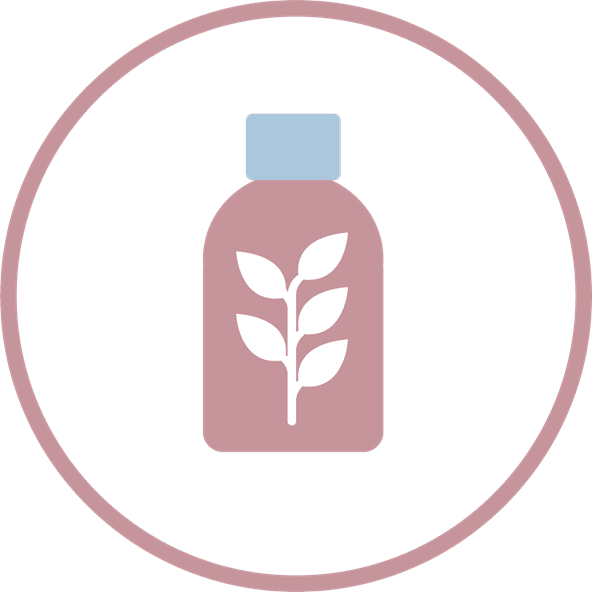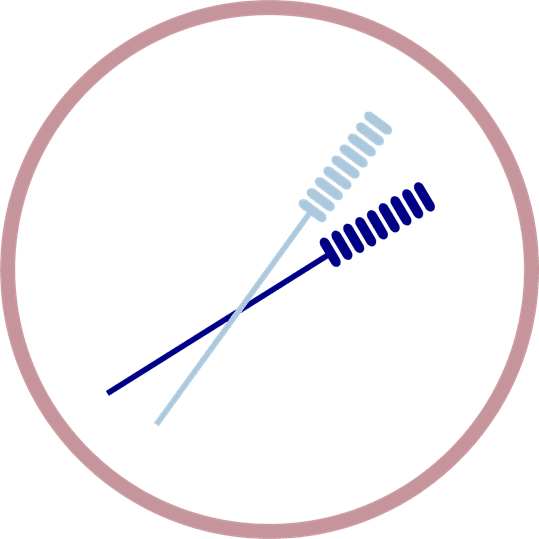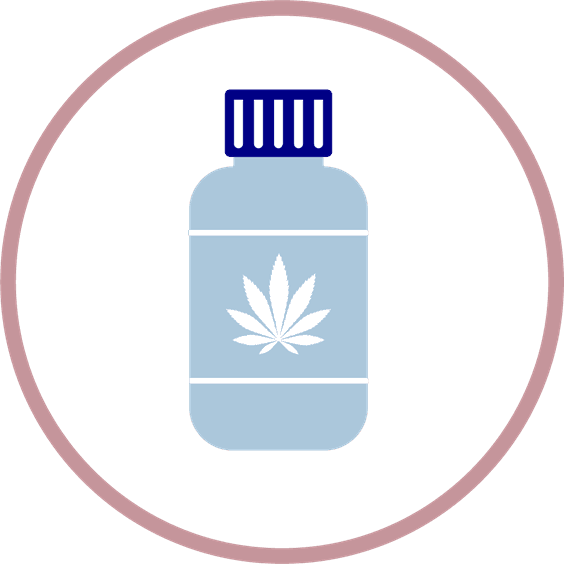Osteoarthritis of the knee and alternative medicines: how effective are they?
The treatments recommended by experts to relieve osteoarthritis of the knee include analgesics (painkillers) and anti-inflammatories, physiotherapy, physical exercise and weight loss(1). In addition to these measures, alternative medicines can also be beneficial and are widely used. However, there is no scientific proof that they work, and their safety is not always guaranteed. Caution and the advice of a health professional remain essential.
Soft’ or “complementary” medicines, also known as “alternative” or “natural” medicines, are becoming increasingly popular. They are sometimes used by people with osteoarthritis of the knee who wish to enhance the effects of their treatment or reduce the dose of painkillers.
According to the health authorities, they cannot replace conventional treatment, and there is a lack of evidence to support their therapeutic action. Despite the lack of solid proof of their efficacy, some alternative medicines can be used as a complement to conventional treatment, including for their placebo effect. Among the most popular are:

Phytotherapy
This is based on the use of medicinal plants in oral form (infusions, diluted ampoules, plant powders or extracts in capsules, etc.) or topically (ointments). Various plants have been shown to have a moderate effect on pain and stiffness in osteoarthritis of the limbs, including the knee, such as harpagophytum (devil's claw), arnica, horsetail, turmeric and white willow. Caution: plants may interfere with other treatments and should be used with caution: read the instructions carefully and ask your doctor or pharmacist for advice.

Acupuncture
A method inherited from Chinese medicine, it is based on stimulating specific ‘energy’ points in the body by inserting fine needles. Benefits for arthritis pain have been observed in various studies. However, these have not produced significant clinical results to provide real ‘proof’ of its effectiveness. International rheumatology experts therefore remain cautious in their recommendations.

Homeopathy
This therapy is based on the concept of ‘similitude’ developed by Samuel Hahnemann in the 18th century: small doses of a substance (mineral, animal or vegetable) are supposed to combat a symptom caused by the same substance in high doses. This treatment can be prescribed by a homeopathic doctor or obtained from a pharmacy without a prescription. Causticum, Bryonia Alba, Rhus Toxicodendron and Thuja are particularly recommended for osteoarthritis. These famous little granules have their specialist practitioners and a large following, but their therapeutic action has not been proven.

Cannabidiol (CBD)
The use of cannabidiol (CBD) has grown significantly in recent years, particularly following its legalisation in some countries and recent marketing campaigns(6). Among patients with osteoarthritis of the knee or hip, 24% say they use CBD(6). This compound is said to offer anti-inflammatory benefits without the psychoactive effects commonly associated with cannabis7. Because of these properties, CBD is seen by many as a potential treatment for pain and inflammation in conditions such as osteoarthritis7. Recent scientific studies on CBD have produced mixed results. Some research suggests that CBD may help relieve pain, improve physical function, enhance sleep quality and reduce medication use(7). However, other studies have found no significant benefits(8,9), with some even reporting adverse effects(9). Given these conflicting results, further research is needed to determine whether CBD is a truly effective treatment for chronic musculoskeletal conditions such as osteoarthritis.
There are many other methods that fall under the heading of ‘soft or alternative therapies’: almost 400 have been identified in total! None of them has been scientifically proven to be effective in treating osteoarthritis, and most of them are not even regulated.
If you have any questions, ask your doctor for advice.
- Bannuru, R., Osani, M., Vaysbrot, E., Arden, N., Bennell, K., Bierma-Zeinstra, S., Kraus, V., Lohmander, L., Abbott, J., Bhandari, M., Blanco, F., Espinosa, R., Haugen, I., Lin, J., Mandl, L., Moilanen, E., Nakamura, N., Snyder-Mackler, L., Trojian, T., . . McAlindon, T. (2019b). OARSI guidelines for the non-surgical management of knee, hip, and polyarticular osteoarthritis. Osteoarthritis And Cartilage, 27(11), 1578-1589. https://doi.org/10.1016/j.joca.2019.06.011
- Hughes, E. J. (2016). Nutritional Protocol for Osteoarthrosis (Degenerative Joint Disease). Journal Of Clinical Nutrition & Dietetics, 02(04). https://doi.org/10.4172/2472-1921.100032
- Lindler, B. N., Long, K. E., Taylor, N. A., & Lei, W. (2020). Use of Herbal Medications for Treatment of Osteoarthritis and Rheumatoid Arthritis. Medicines, 7(11), 67. https://doi.org/10.3390/medicines7110067
- Manyanga, T., Froese, M., Zarychanski, R., Abou-Setta, A., Friesen, C., Tennenhouse, M., & Shay, B. L. (2014). Pain management with acupuncture in osteoarthritis: a systematic review and meta-analysis. BMC Complementary And Alternative Medicine, 14(1). https://doi.org/10.1186/1472-6882-14-312
- Dutta, S., Choudhury, S., Biswas, D., & Khuda-Bukhsh, A. R. (2022). 492 Homeopathic Management of pain and stiffness of arthritic knee joint: Clinical data analysis of. . ResearchGate. https://www.researchgate.net/publication/360947948_492_Homeopathic_Management_Of_Pain_And_Stiffness_Of_Arthritic_Knee_Joint_Clinical_Data_Analysis_Of_Palliation_Criteria_In_An_Observational_Study
- Deckey, D. G., Lara, N. J., Gulbrandsen, M. T., Hassebrock, J. D., Spangehl, M. J., & Bingham, J. S. (2021). Prevalence of Cannabinoid Use in Patients With Hip and Knee Osteoarthritis. JAAOS Global Research And Reviews, 5(2). https://doi.org/10.5435/jaaosglobal-d-20-00172
- Frane, N., Stapleton, E., Iturriaga, C., Ganz, M., Rasquinha, V., & Duarte, R. (2022). Cannabidiol as a treatment for arthritis and joint pain: an exploratory cross-sectional study. Journal Of Cannabis Research, 4(1). https://doi.org/10.1186/s42238-022-00154-9
- Petersen, K. K., Rice, A. S., & Arendt-Nielsen, L. (2023). The use of cannabidiol (CBD) as an analgesic component. The Lancet Regional Health - Europe, 35, 100791. https://doi.org/10.1016/j.lanepe.2023.100791
- Pramhas, S., Thalhammer, T., Terner, S., Pickelsberger, D., Gleiss, A., Sator, S., & Kress, H. G. (2023). Oral cannabidiol (CBD) as add-on to paracetamol for painful chronic osteoarthritis of the knee: a randomized, double-blind, placebo-controlled clinical trial. The Lancet Regional Health - Europe, 35, 100777. https://doi.org/10.1016/j.lanepe.2023.100777
Illustration credits: Thuasne


